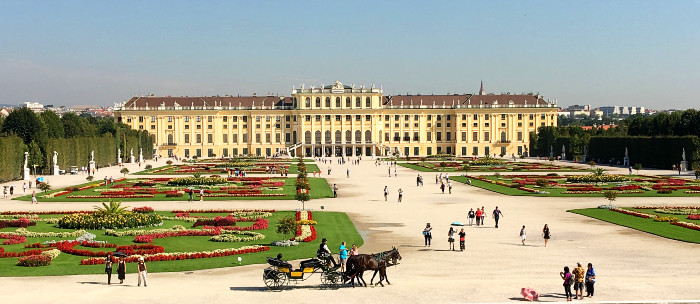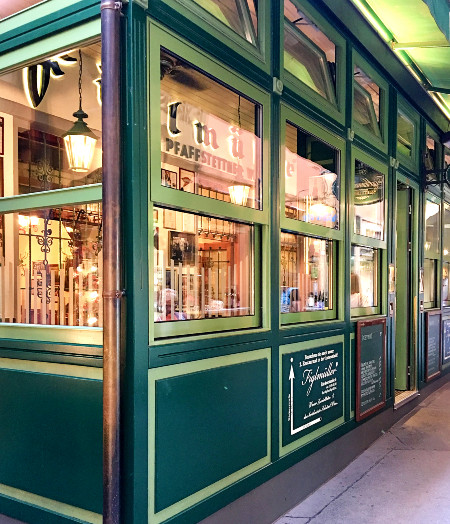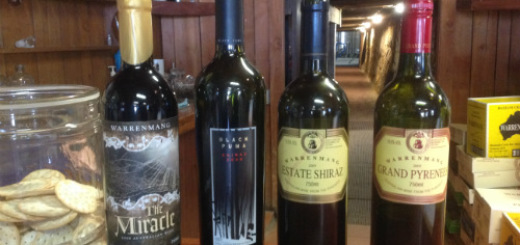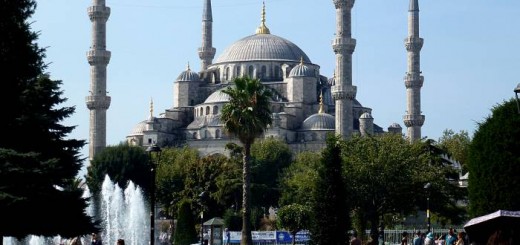Vienna – Encore!
When we booked our coach tour of Central Europe we realised we would have a second chance to see a couple of major cities – Vienna included – having just called in there on the river cruise. We began with a panoramic coach tour along the Ringstrasse to see the State Opera, Parliament and the Town Hall. Then it was on to Heroes’ Square and the Hofburg, all of which we had seen last time. Then we had free time till the evening. This gave us the perfect opportunity to expand our exploration of Vienna to outside the Ringstrasse and outside the city centre. The coach dropped us off at the Schwedenplatz on the Danube canal, so we had a bit of walking to do!

The first place on my research list was the distinctive little collection of buildings on the corner of Löwengasse and Kegelgasse. in the suburb of Erdberg to the southeast of the city centre. Here we found the unusual, colourful building, the Hundertwasser House, completed in 1986. The artist and architect, Friedensreich Hundertwasser, designed this apartment house without standards, specifications and straight lines, very much in the style of Antoni Gaudí. This house receives so many visitors it now houses an information shop, while oppposite, another building also designed by the artist provides a shopping centre, cafe, souvenir shops and restrooms. The pedestrian zone of Kegelgasse provides an outdoor bistro for relaxing and taking in the whole effect. Nearby there is also a museum of Hundertwasser’s works.

As we left this suburb on our way to the next attraction on my list we came across the equally colourful Russian Orthodox St. Nicholas Cathedral, built between 1893 and 1899 right next to the Russian embassy. Following its decline over the hundred or so years, renovation work completed in 2008 restored it to the traditional Russian-Byzantine style and one of the most beautiful churches of the city.

Onward then to our intended venue, Schloss Belvedere. It is, in fact, a very large palace complex including an upper and a lower palace together with extensive gardens, former stables and Orangerie. Constructed in the 18th century for Prince Eugene of the Hapsburg dynasty, these buildings now house a museum, art galleries and exhibition areas. Notable Austrian artists represented are Gustav Klimt (The Kiss) and Egon Schiele.

Gravel pathways led us to fountains, pools, terraces and Baroque statuary as we walked uphill from the Lower to the Upper Belvedere, completed in 1722. It would have been better to have walked downwards! We had a long walk ahead of us back to the city centre, but managed to catch a tram part of the way there.

That evening our tour group was taken to the Palais Auersperg to enjoy the concert given regularly for tourists by the Vienna Residence Orchestra. It is a very ornate but small concert hall in a very grand building, but unfortunately photos were not permitted during the performance. Iconic pieces by Mozart and Strauss were on the playlist, and as well as solos by several musicians we were also treated to some operatic pieces and a limited amount of ballet. Attending a classical concert in Vienna would have to be a bucket list item!

The next morning we again had free time, so we made sure to visit the famous Schloss Schönbrunn. This palace is one of Austria’s most important cultural assets, one of Vienna’s major tourist attractions and was listed as a UNESCO World Cultural Heritage Site in 1996 for its remarkable Baroque complex. It began life in the 16th century as a manor house, was converted to a hunting lodge in the 17th century – getting its name ‘beautiful spring’ from the natural spring found there – and was rebuilt and extended from 1742 to 1760 for the rulers of the Hapsburg dynasty as a summer residence. It is said to contain 1441 rooms! Unfortunately photography inside is forbidden without prior arrangement.

Like the Belvedere, the complex extends up a steep slope to a 60m high hill crowned by a colonnaded lookout known as the Gloriette. Built in 1775, it is decorated with masonry and statuary recycled from an earlier Renaissance palace. The glazed central section was formerly used as a dining room, but now houses a café. The park and parterre gardens, dotted with 32 sculptures and several fountains, extend for 1.2 km from east to west and approximately 1km from north to south. This includes the Privy Garden, the Orangery Garden a Maze, a Zoo, the Palm House, the Desert House, a ‘Roman Ruin’ and even a small vineyard. Although we spent over an hour and a half inside the palace, we walked though the many avenues in the park, and I managed to reach the Gloriette, we did not have time to see it all as we only had the morning for sightseeing and were due to meet up with some new-found friends back in the city centre for lunch.

We had been recommended another restaurant famous for its Wiener Schnitzel – Figlmüller – and were keen to try it out. Located on Wollzeile, this “Home of the Schnitzel” has been serving customers since 1905. Now under the guidance of the fourth generation of the Figlmüller family, it was originally opened as a small wine tavern. Its fame is such that the tiny venue cannot accommodate all the eager patrons, so a second venue was opened in 2001. Although there is a limited menu, the serving sizes are more than enough – these schnitzels measured 30cm in diameter! Fortunately we were prepared for it this time and only ordered one schnitzel between two. Thin and crispy, they were devoured in no time, accompanied by the traditional Viennese potato salad and washed down with local beers and wines.

Suitably fortified, we were off then back to the coach for the drive to our next destination – Budapest, Hungary. Another chance to ‘double-dip’ on the treasures of a city we had only just seen a week earlier.
































